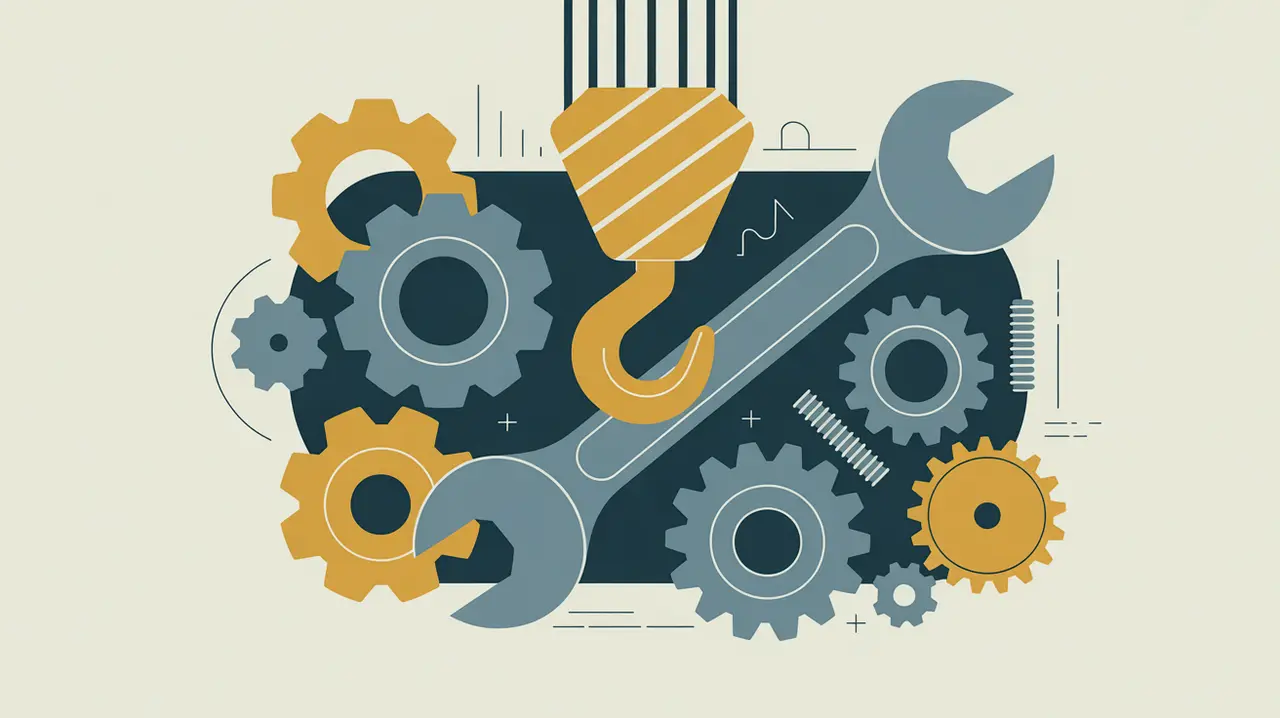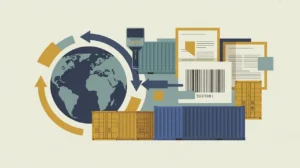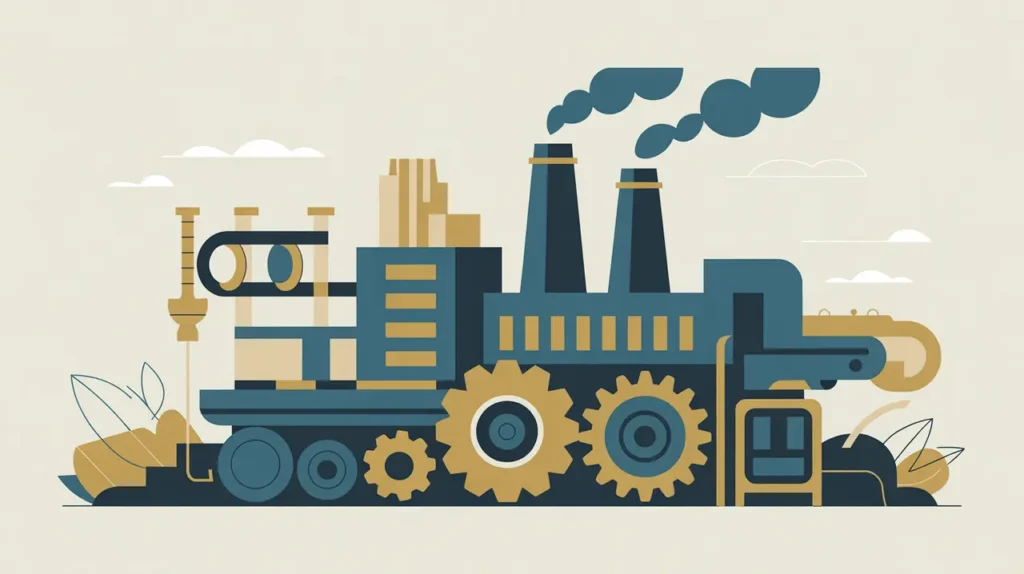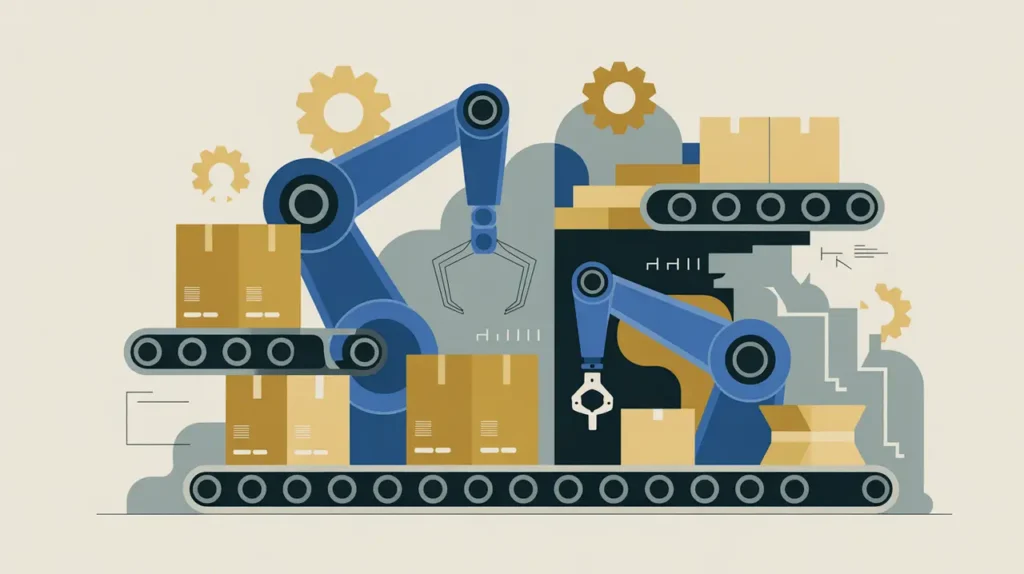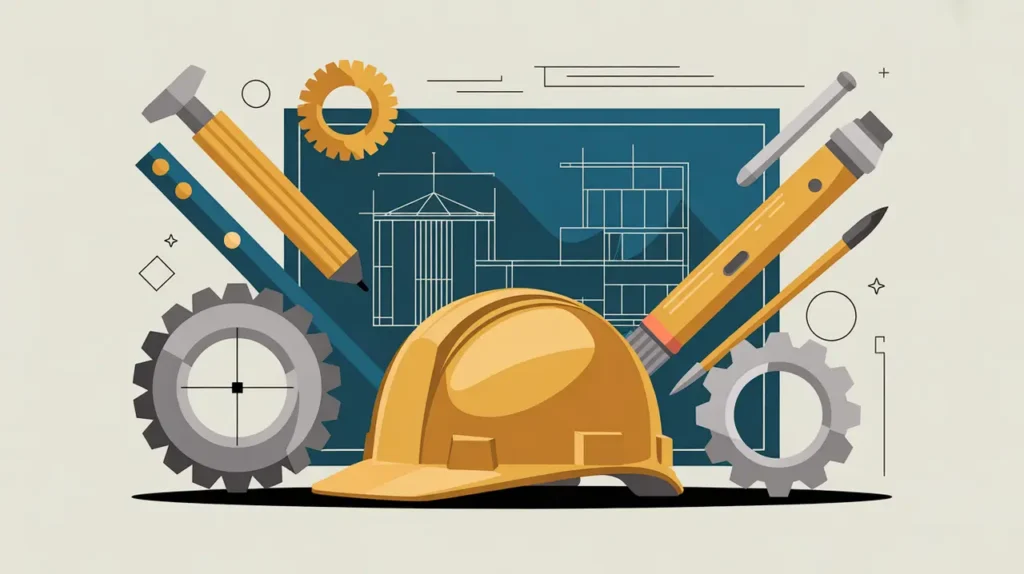Importance of Machinery and Equipment
Machinery and equipment are essential drivers of productivity, efficiency, and modernization across industries. In international development, they enable growth in agriculture, manufacturing, construction, and services by reducing labor intensity and improving output. For nonprofits and social innovators, access to appropriate machinery and equipment matters because it determines whether communities and enterprises can scale their work, reduce costs, and compete effectively. Their importance lies in bridging the gap between human effort and technological advancement.
Definition and Features
Machinery and equipment refer to tools, devices, and mechanical systems designed to perform specific tasks in production, construction, or service delivery. Their defining features include:
- Productivity Enhancement: increasing output while reducing manual labor.
- Technological Diversity: ranging from simple hand tools to advanced robotics.
- Sectoral Relevance: critical for agriculture, industry, energy, and infrastructure.
- Capital Intensity: requiring investment for purchase, maintenance, and upgrades.
How this Works in Practice
In practice, machinery and equipment are used across all stages of production and service delivery. For example, tractors and irrigation systems transform smallholder farming, while medical equipment expands diagnostic capacity in rural clinics. Development organizations often support access to equipment through financing, training, or collective ownership models such as cooperatives. Barriers include high upfront costs, lack of technical knowledge, maintenance challenges, and dependence on imported technologies.
Implications for Social Innovation
Machinery and equipment have significant implications for social innovation because they enable new ways of working and producing. Innovations such as low-cost agricultural tools, modular manufacturing equipment, and renewable energy-powered systems expand accessibility and sustainability. For proximate actors, access to appropriate machinery enhances productivity, income, and resilience. Machinery and equipment are essential for modernizing economies and supporting inclusive development.
